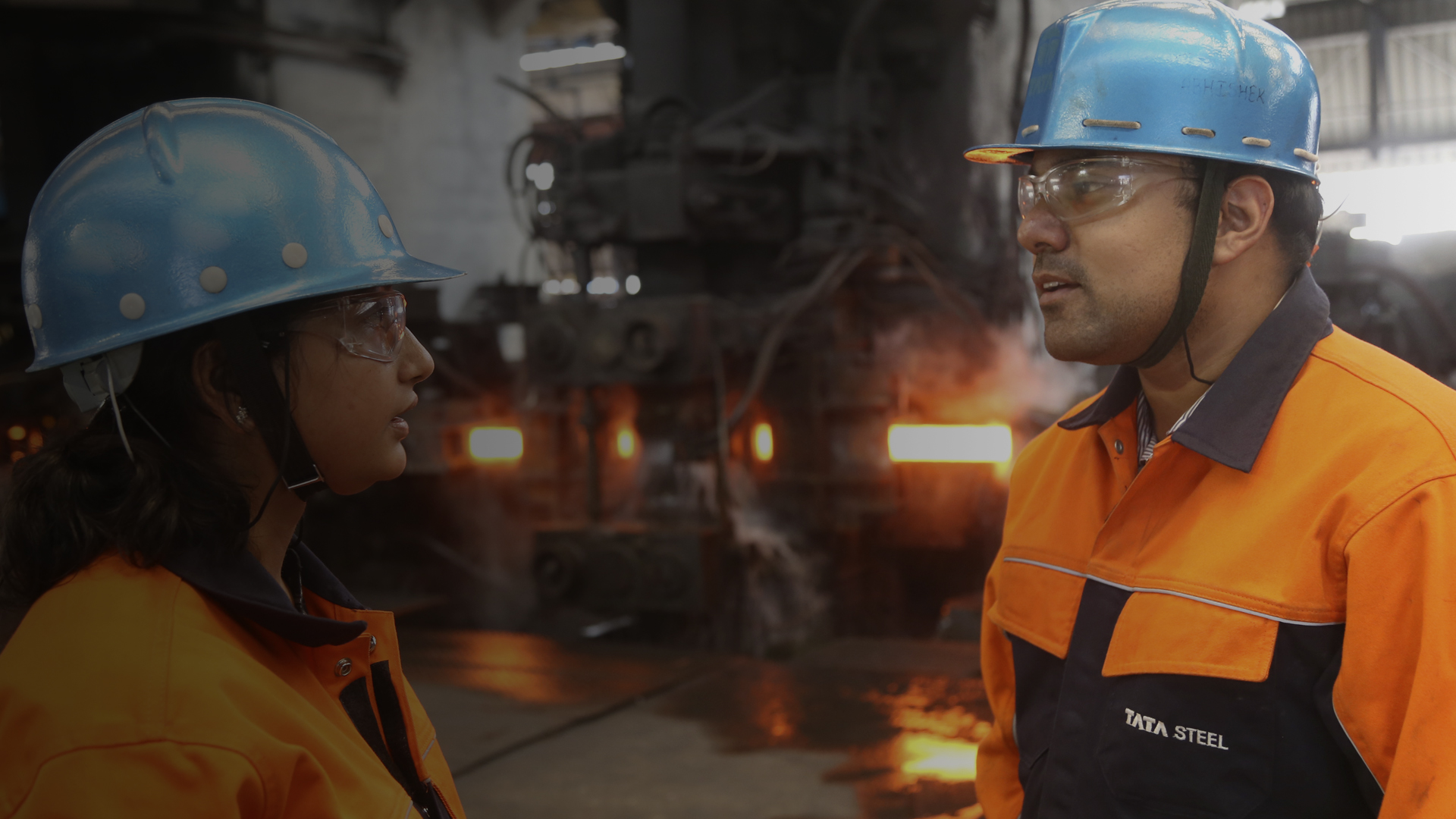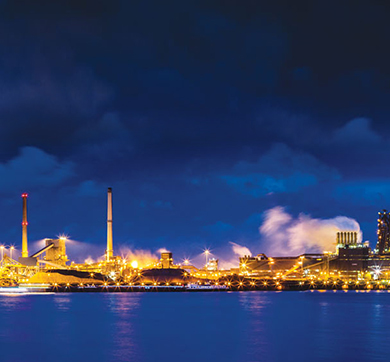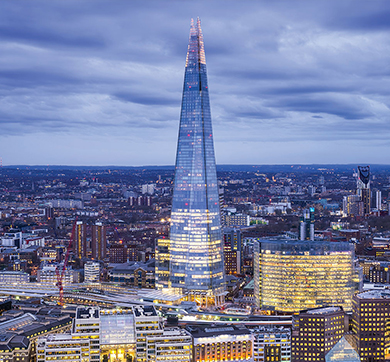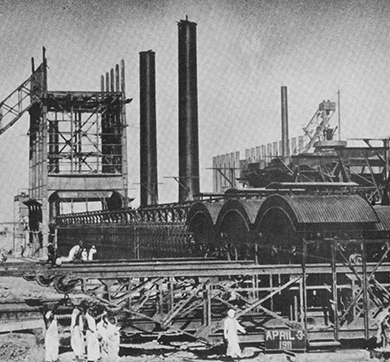Aug 2018 | 1314 words | 5 min read
Tata Steel knew speed would be of the essence once they received the green signal to acquire Bhushan Steel, and they were ready.
TV Narendran, chief and executive officer and managing director (MD) of Tata Steel; executive director and chief financial officer Koushik Chatterjee and other senior executives were at a hotel very close to the Bhushan Steel office in Delhi to close the formalities. Similar teams waited near the plant locations — in Dhenkanal in Odisha, where the flagship plant is located; in Sahibabad near Delhi; and in Khopoli, Maharashtra — for the go-ahead to move into the plants.
The National Company Law Tribunal (NCLT) cleared the decks for the acquisition on May 15, 2018. Within 72 hours, by 5 pm on May 18, Tata Steel had nominated its directors on the Bhushan Steel board, executed the transfer of shares, made payments and taken control of the Bhushan Steel plants.
“Within three days of receiving the NCLT order, the formalities for the takeover were completed. And within hours of completion, 35 experienced managers were deputed across the sites and across departments,” says Rajeev Singhal, the new managing director of Bhushan Steel.
“We were clinical in our approach and pulled it off with the minimum fuss,” confirms Mr Chatterjee.
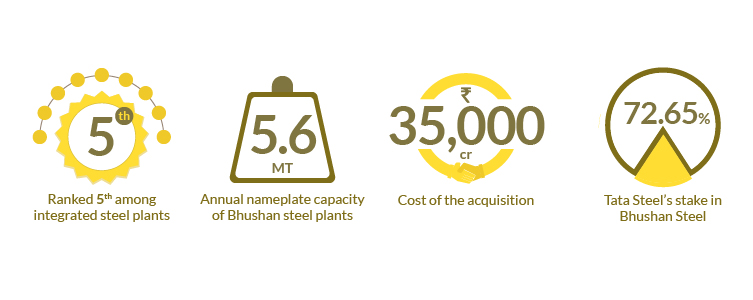
Race to the top
With the acquisition of Bhushan Steel — the first success under the government’s Insolvency and Bankruptcy Code (IBC) process — Tata Steel is well on its way to becoming the largest steelmaker in India. But speaking to this website at the corporate headquarters three months after the acquisition, Mr Chatterjee says the focus is not the race to the top.
While television in the background covers the latest in Tata Steel’s bid for another distressed steel plant, he elaborates, “I won’t call it a race. You have to look at the whole equation in a different way. The primary focus is running your own course. It is important to be value driven rather than just volume driven. As a century-old institution, we have spent a lot of time and effort on leveraging the Tata brand — we have deep connections with customers, decades of relationships with distributors and rest of the ecosystem. It’s a journey where we take everybody along. That is our aim.” But, he adds, “We will certainly be aggressive — in the marketplace and in volume growth.”
Expansion plans
India’s steel consumption is growing at about 5 percent, which is equivalent to 5 million tonnes per annum (MTPA). For Tata Steel to keep up, it needs to ensure that it grows between 1 to 2 MTPA annually.
“Therefore, we embarked on our organic growth plan, which was to grow Kalinganagar from 3 to 8 MTPA,” Mr Chatterjee says. “Then the IBC came into play — possibly a one-time opportunity to grow.”
On sale were five stressed assets. Bhushan Steel checked off all the boxes: asset quality, proximate synergies, product portfolio, alignment with Tata Steel’s long-term strategy, affordability in relation to the company’s balance sheet strength and ability to raise and deploy funds.
Mr Singhal explains, “Amongst the steel assets that were put through the resolution process, Bhushan Steel with a nameplate capacity of 5.6 MTPA had a diversified portfolio of high-end products like cold rolled coils, galvanised and colour-coated steel, tubes, and large diameter pipes.
It caters to the growing and value-added segments of automotive, appliances, construction, general engineering in a significant way.
“It also has a diversified presence in India with the main steel plant close to raw material sources in Odisha in eastern India and finishing facilities closer to the growing markets of northern and western India (Sahibabad in the NCR and Khopoli near Mumbai).
More importantly, we saw the significant scope of creating more value from the same assets.” Mr Chatterjee adds, “Keeping in mind the replacement cost of Bhushan Steel, including the time needed to build a greenfield project, the cost required to implement the project, the time value, we said if there was one asset to really chase, it would be this one.”
Setting up greenfield facilities in India is fraught with difficulties, starting from land acquisition to getting clearances and building the surrounding infrastructure. The Kalinganagar project took almost a decade to go from paper to plant and is only now at a capacity of 3 MTPA. In comparison, with the acquisition of Bhushan Steel, the fifth largest integrated steel plant in the country,
Tata Steel added 3.8 MTPA within 270 days, which is the maximum time granted for the resolution of a distressed company under the IBC.
Where Bhushan Fits
Tata Steel has expressed the intention of doubling its Indian steel-making capacity from the current 13 MTPA in five years, and Bhushan Steel will play a key role in this. The plan is to ramp up its capacity from the current 3.8 MTPA to 5.6 MTPA in 24 months.
“When we were looking at all these IBCs, Bhushan Steel was called B1 and BPSL was B2,” Mr Chatterjee says. “The team has converted it from B1 to Be1 — as in we should be No 1. Given the kind of assets, the motivated people, and the customer connect we have, I think 24 months is a fair time to scale up.”
“The immediate focus area is to stabilise operations and realise the full potential of the company,” says Mr Singhal. “We are driving operational excellence through Be1 to reach the rated capacity of 5.6 MTPA, optimise resource consumption, drive energy efficiency, minimise waste, optimize cost and working capital and drive innovation, including new product development. The aspiration is to achieve an EBITDA margin of 25 percent on a purchased raw material basis and be the benchmark.”
The Bhushan Steel plants can eventually scale up to 8.3 MTPA, he notes, adding, “Once, all these capacities, (including Kalinganagar and Jamshedpur, which is ramping up capacity from 10 MTPA to 11 MTPA), come on stream, I am confident that Tata Steel will emerge as the largest steelmaker in India with the highest market share in chosen segments.”
Doubling Kalinganagar
The capacity building by India’s biggest steelmakers is being driven by the promise of the Indian market, which is the fastest growing in the world. Indian steel demand in the quarter ended June 2018 grew at 9.2 percent year on year, driven by growth in commercial vehicles, capital goods, and infrastructure.
This compares with growth in China (the world’s largest producer of steel), in H1 CY18 of c.8 percent and global demand growth forecast of c.2 percent for the full 2018.
Mr Chatterjee says, “The strategy is to ensure that we are there as the Indian market grows, that we are able to bring value-added and differential products to customers and derive premium from our products, services, and solutions.”
He adds, “If we can perform well at the 23 or 23.5 MTPA capacity, we have a world of opportunities to open. Kalinganagar’s capacity can potentially double, going up to 15 to 16 MTPA. We have got the land. We will also continue to look at opportunities in the market.”
Tata Steel made an aggressive bid for Usha Martin, which has a capacity of 1 MTPA. It was not an IBC asset but was attractive to the company because of its focus on special steel alloys and a strong presence in the automotive sector.
Mr Chatterjee says, “We are one of the leading steel companies in automotive on the flat side. If we have common customers, we would want to serve them across the product portfolio; Usha Martin provided an opportunity in that product portfolio.
“Tata Steel will continue to examine such entities, but also be very disciplined in our capital allocation. We don’t want to be reckless. We have to ensure that our financial strength and value is protected and enhanced so that we can create long-term value with our stakeholders and shareholders. That’s our plan, and we are up to it.”
- Jamshedpur Plant
- 10
- Kalinganagar Plant
- 3
- Bhushan Steel Plants
- 3.8
- Expected India Capacity by 2020
- 18.6
- Projected India capacity by 2022
- 23.6
- Intended Annual capacity by 2023
- 26




